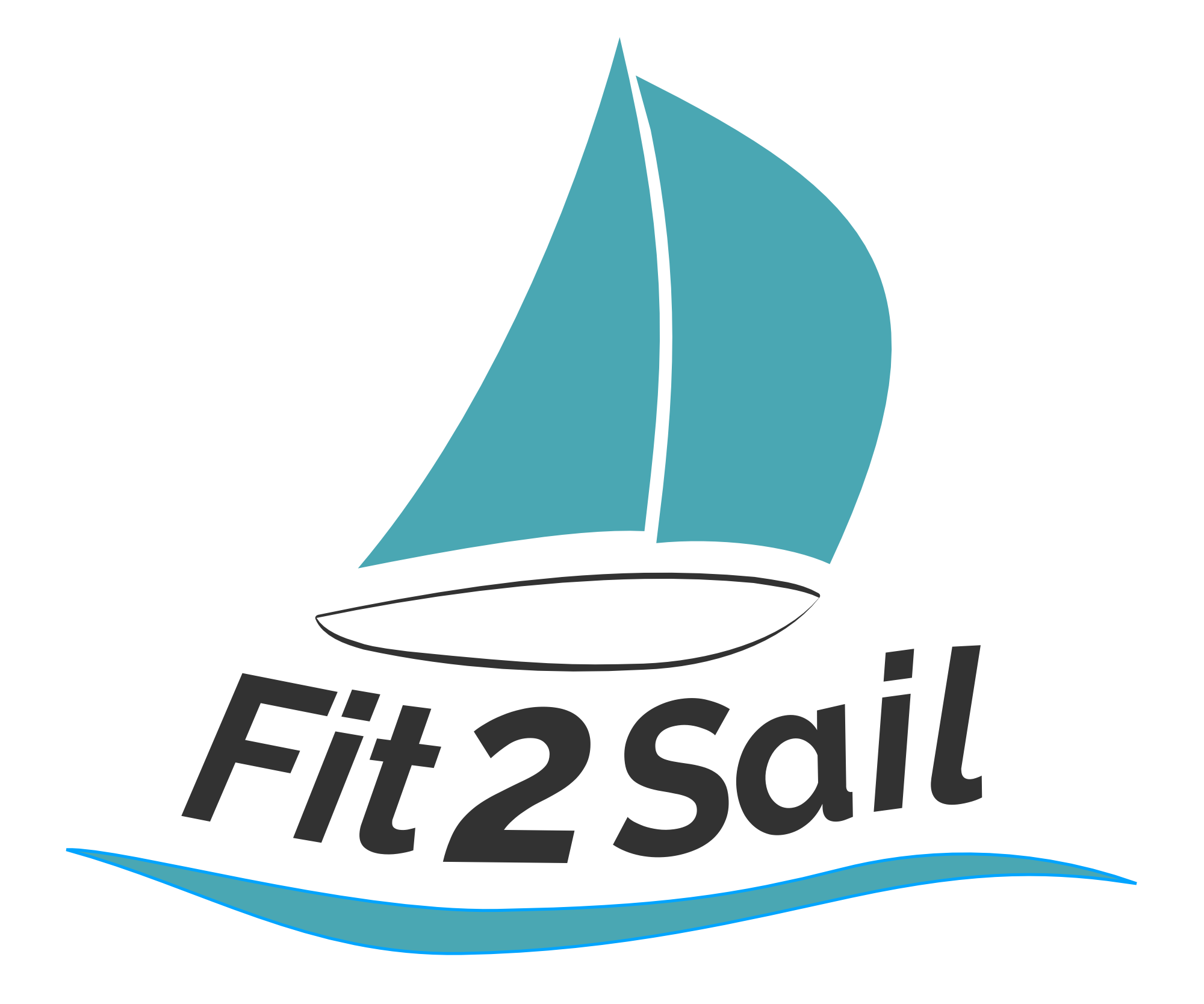Shakedown Success!
Shakedown: (definition #4) - ““A test of a new product or model, especially a vehicle or a ship”
In a lot of ways, Calypso is a brand-new-to-us boat. The number of new systems is a little mind-boggling, and taking the time to test them out while we still had access to decent shoreside support was important. And we’d decided even before we left that we’d be hauling out again in the fall. So the cruise to New England and back was officially dubbed a shakedown cruise.
Going under the Bay Bridge on our way north
Almost every system on board is a new one.
Engine. Sure, Jeremy installed the engine almost 10 years ago, but when we left the dock on August 9 it had a whopping 94 hours on it. It was basically a new system.
Electrical system. Batteries and charging apparatus. Seeing how the lithium batteries would work in conjunction with a high output alternator, brand new solar panels and regulator, and a small generator to be run only if needed was part of the goal.
Solar panels. We’ve never had solar before. Would it work?
Fridge. Though we’ve had this fridge for a number of years, it was the first time it was being used primarily on 12 volt power. We figured it would likely be the biggest user of energy - would we have enough to keep our food cold?
Mast and sails. A brand new mast plus 2 brand new headsails, plus a main that has almost fewer hours on it than the engine. It all added up to a lot of tweaking required. How was the rig tuned, how well could we sail, what are the wind parameters around using the new code zero.
Plumbing. All the plumbing on the boat, except for the foot pump in the galley, is new.
Windlass and anchor. We upgraded from a manual windlass and a 35 lb CQR or 33 Bruce to an electric windlass and a 45 lb Mantus. Learning the tricks of both the windlass and the anchor takes a bit of doing.
Winches. Except for the staysail winches, all the winches are new. The primaries are self-tailing. Will there be a learning curve?
The bed. From a v-berth to a pull-out pilot berth in the main salon. Would we like the new arrangement? Would we put it away every morning and take it out again each night?
The head. Yes, we re-installed the same Groco marine head we’ve had for years, but the holding tank configuration is totally newly designed. No more Y-valve; instead all effluent goes into the tank, which can be pumped out either through the deck (when we have access to a pumpout station) or by opening the thru hull when we’re offshore.
The autopilot. Jeremy’s in the middle of building a new wind vane (mechanical self-steering system) for us, so we were heavily reliant on an electric autopilot. Our cruise was almost derailed before it started when the old one died; how the replacement would interact with the installed windvane parts was a question that needed answering.
Installing the solar panels in the Corsica River
We’re psyched to report that from a testing of new systems standpoint, the cruise was a resounding success. Almost every system worked as intended, with very little tweaking required (other than tuning the rig). My very favorite upgrades are the rig and sails, followed closely by the solar panels and then the windlass. I also routinely gush about the new galley. Jeremy’s favorite upgrades? “Oh my god. How do I choose?” Followed by a listing of the new systems one by one and a “it’s great.”
The other thing a shakedown cruise does is reveal weaknesses that need to be addressed or changes that need to be made. Some of these, like leaking portholes and the glaring lack of a down below shower space, we were already aware of. Others, like leaking chainplates and the need to severely limit the amount of stuff we bring aboard, made themselves known.
Cleaning up the chainplates from the inside, a hack job that will last until we haul again this fall
Getting out sailing was critical for us this summer, both from a mental standpoint but also to put the boat through her paces. The list of what needs to be done on the next haul out is long, but thankfully most of it was stuff we already knew we needed to address. We just didn’t have time to get it all done. The only unexpected project added to the list is the chainplates, which leak when we’re hard on the wind. We did a fast, very temporary, fix of the ones on the port side: from inside the boat, remove the washers and nuts and slather the protruding bolt with 5200 before reinstalling the washers and nuts. We have not even done that on starboard. The real fix will involve removing the chain plates entirely, cleaning out the holes, filling them in again, drilling them out, and rebedding them, a process we haven’t done in decades. Since we need to paint the boat, this will happen in conjunction with that project.
For now, we remove the starboard cushions and put down a towel when we’re on port tack. Ideal? No. But it works as a stopgap.
If you puttered by the boat and looked at the peeling paint and cracked wood, you might wonder what exactly we’ve been doing with our time. We’ve been busy, I can assure you. And all the work has turned out beautifully!
Sunrise just north of Cape May, New Jersey, on the way south.




